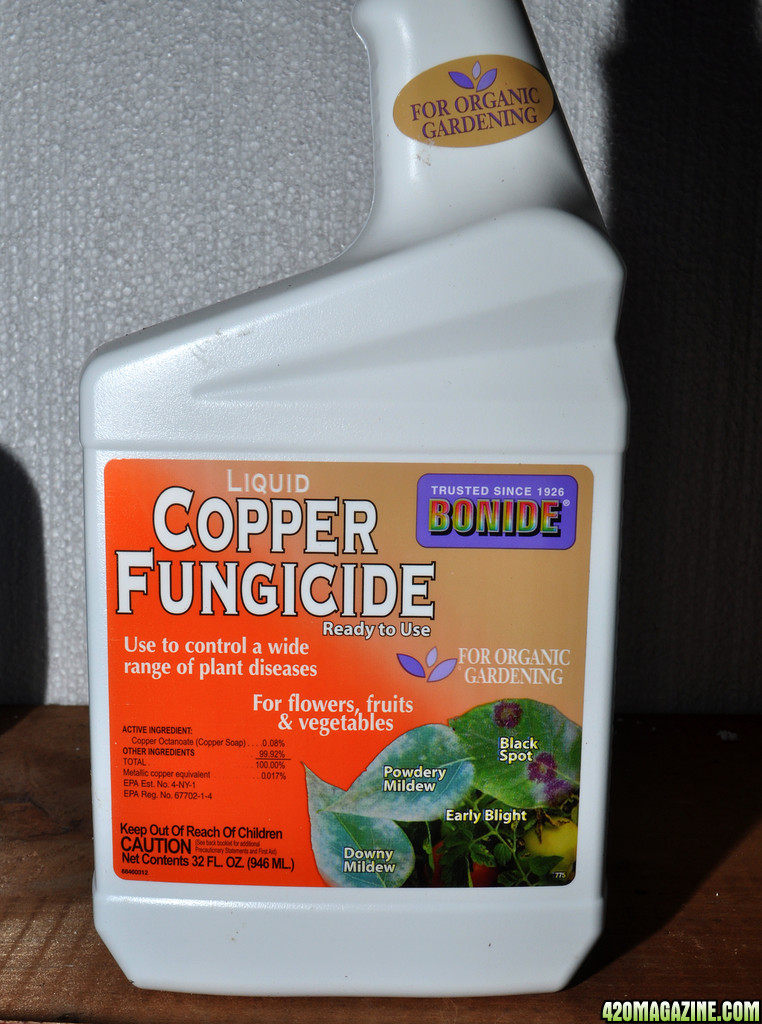missiechrissy
New Member
I just rooted my clones and they are about 2 weeks in and I am starting to see powdery mildew on the leaves, how do I get rid of it so I dont have to start from scratch again?
How To Use Progressive Web App aka PWA On 420 Magazine Forum
Note: This feature may not be available in some browsers.


Use eagle 20 once
INGESTION:
Low toxicity if swallowed. Small amounts
swallowed incidental to normal handling operations are not
likely to cause injury; however, swallowing larger amounts
m
ay cause injury. Swallowing may result in gastrointestinal
irritation or ulceration. Aspiration into the lungs may occur
during ingestion or vomiting. The oral LD
50
for rats is 3749
mg/kg (females) and >5000 mg/kg (males)
INHALATION:
Excessive exposure ma
y cause irritation to
upper respiratory tract (nose and throat) and lungs. May
cause central nervous system effects. Symptoms of
excessive exposure may be anesthetic or narcotic effects;
dizziness and drowsiness may be observed.
SYSTEMIC (OTHER TARGET ORG
AN) EFFECTS:
For
myclobutanil, in animals, effects have been reported on the
following organs: liver, testes, adrenal gland, kidney, and
thyroid. For the solvent, in animals, effects have been
reported on the following organs: central nervous system,
kidne
y, liver, lungs, thyroid and urinary tract. Symptoms of
excessive exposure may be anesthetic or narcotic effects;
dizziness and drowsiness may be observed. Hypothermia
has occurred in animals following skin or inhalation
exposures to cyclohexanone. Catarac
ts and other eye
effects have been reported in humans repeatedly exposed
to naphthalene vapor or dust.
CANCER INFORMATION:
Myclobutanil did not cause
cancer in laboratory animals. Contains naphthalene, which
has caused cancer in some laboratory animals
TERATOLOGY (BIRTH DEFECTS):
Myclobutanil did not
cause birth defects in laboratory animals. Has been toxic to
the fetus in laboratory animals at doses non
-
toxic to the
mother. For cyclohexanone, has been toxic to the fetus in
laboratory animals only at dos
es toxic to the mother.
REPRODUCTIVE EFFECTS:
For myclobutanil, in
laboratory animal studies, effects on reproduction have
been seen only at doses that produced significant toxicity to
the parent animals. Cyclohexanone caused reduced growth
and survival o
f offspring in an animal reproduction study.
Dose levels producing this effect also caused central
nervous system effects in parental animals.
MUTAGENICITY
: For myclobutanil, in
-
vitro and animal
genetic toxicity studies were negative. For cyclohexanone:
a
nimal genetic toxicity studies were inconclusive. In
-
vitro
genetic toxicity studies were negative in some cases and
positive in other cases. The petroleum solvent was
negative in genetic toxicity tests.
 I have not had a major outbreak in flower, yet. I only use this product in the first few weeks. I have not had to but if a plant did not turn around with one or two applications I would kill it. Since I am in a high mold area it was also suggested that I use a silicon product to make the plants stronger and less resistant, I use Pro-tekt by Dyna-gro. The combo has allowed me to plow through and have healthy buds in a really poor environment.
I have not had a major outbreak in flower, yet. I only use this product in the first few weeks. I have not had to but if a plant did not turn around with one or two applications I would kill it. Since I am in a high mold area it was also suggested that I use a silicon product to make the plants stronger and less resistant, I use Pro-tekt by Dyna-gro. The combo has allowed me to plow through and have healthy buds in a really poor environment.I have just replanted my clones about 2 weeks ago and am starting to see PM (powdery mildew) on the leaves. How do I get rid of it so I dont have to start from scratch and once and for all?
I used H2o2 while in flower once years ago but never while they were still babies, not sure what to do? Please help!